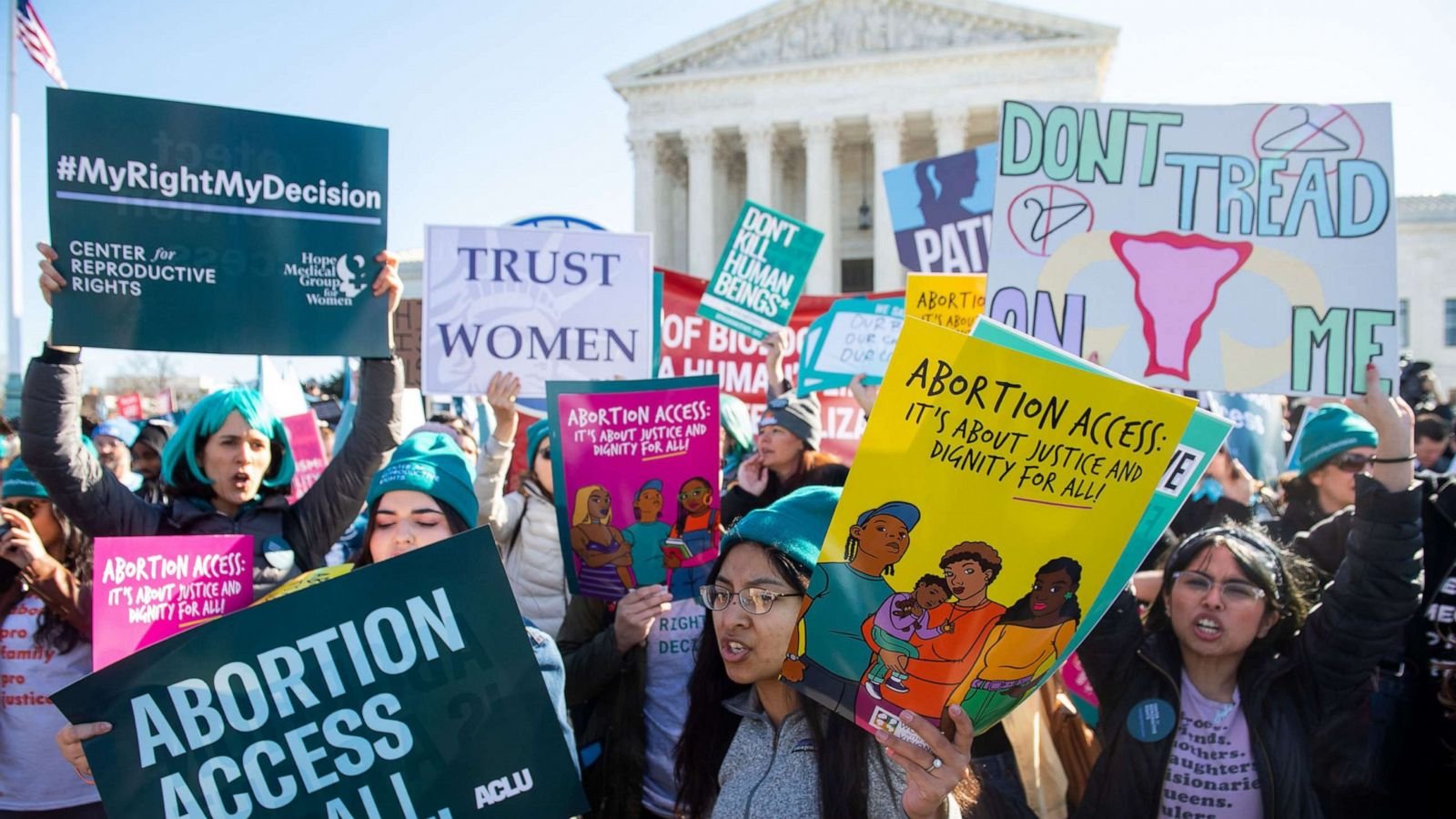The Reproductive Healthcare Policy Democrats are Missing
Article by Joseph Bilas, TPT Staff Writer
It is day 153 in post Roe America, and all across the country radically restrictive legislation has been enacted barring women from the access to reproductive healthcare they desperately need. From the South Florida couple halted from entering a hospital, to the 10 year old Ohio girl forced to travel out of state because incest isn’t a cruel enough reason to have an abortion. America has begun waking up to what it truly means to live in post Roe America. Many Americans understand these abhorrent stories won’t be subsiding anytime soon, and we must remember that until Roe V Wade is codified at the federal level, the threat to abortion rights in every state remains absolutely real.
In a country that prides itself on being a land of the free, the right to bodily autonomy reigns supreme. Laws hindering abortion access directly contradict these principles, and should remain in the news and at the center of attention until we codify Roe. At the same time, we must understand that reproductive healthcare policy doesn’t stop at defeating abortion bans. Childcare, paid maternity leave, and family services must all be part of the conversation. To go even further, there are two more notable policies democrats should be championing in conjunction with codifying Roe: expanding accessibility to affordable birth control, and promoting comprehensive sex education in schools.
To begin with, both of these proposals can appeal to the moderate voting bloc, and even more conservative voters. We must remember that while most Americans stand solidly opposed to no-exception bans, peoples’ views on this issue are much more nuanced. Thus, taking an approach that emphasizes the right to an abortion while at the same time promoting the expansion of accessible birth control shows undecided voters that Democrats embrace a wide variety of solutions that go beyond simply codifying Roe. For Democrats running in more socially conservative places where the majority of the electorate is opposed to abortion rights, they can frame this stance to be “the real pro-life position” and the stance that best “protects our privacy from the intrusion of pervasive government.” This allows candidates to capitalize on the issue without precariously tip toeing through it. The goal of pro-lifers, at their core, is to protect the unborn. Expanding access to birth control reduces abortion rates; thus, preventing the need for abortions in the first place while simultaneously protecting our freedoms.
For instance, the Colorado Family Planning Initiative, which ran from 2008 to 2014 and saw the state government working closely with local agencies to implement the initiative and involve individuals, provided free birth control to all those who requested it. The program successfully worked through the guardrails of Title X as both teen birth and abortion rates were “nearly cut in half,” according to a report released by the Colorado Department of Public Health and Environment. Looking more specifically at the effects of the policy, the Colorado unintended pregnancy rate was cut by 40% in women aged 15 to 19, and 20% for women between 20 and 24. Finally, the abortion rate for those aged 20 to 24 dropped by 18%. Compounding the program’s success, it is estimated to have saved taxpayers between $66.1 and $69.6 million dollars. These are the effects of responsible policy designed to promote freedom rather than restrict it. Articulating that point is critical for step one. Now, we move onto step two.
While expanding access to birth control is crucial, Americans need to have a greater understanding of reproductive healthcare and sexuality in general. According to the Journal of Adolescent Health, 64% of women aged 15 to 19 reported being informed on methods of birth control; however, only 48% reported being informed on where to access it. For men aged 15 to 19, the results weren’t too different, with 63% reporting being informed on methods of birth control, and only 45% reporting being informed on where to access it. We, as a society, must trust our fellow Americans to make their own decisions regarding their sexual wellness, and that starts with ensuring everyone is properly informed on reproductive healthcare and where to get it. According to the United Nations’ International technical guidance on sexuality education revised edition, comprehensive sex education should cover the following eight key concepts:
(1) Relationships;
(2) Values, Rights, Culture and Sexuality;
(3) Understanding Gender;
(4) Violence and Staying Safe;
(5) Skills for Health and Well-being;
(6) The Human Body and Development;
(7) Sexuality and Sexual Behaviour;
(8) Sexual and Reproductive Health.
This guide is a great starting point for discussing what comprehensive sex education will look like within a classroom. However, it will be up to each and every individual state and school board to decide what education their students receive. We as young people must be the ones who lead the way in convincing school boards to adopt comprehensive sex education classes in the classroom. This crucial access point allows for us to bring people together within our own communities, take action, and begin shaping the very policy we seek to change.
As the nation continues to stumble through post-Roe America, Democrats must remain focused on fighting abortion bans, codifying Roe, and pushing for common sense policies, and we—as young people—must remain steadfast in our pursuit to bring comprehensive sex education to the classroom. Both must be done as we continue our efforts to build an America that truly respects freedom of choice and bodily autonomy.
The views articulated in this piece are the writer’s own, and do not reflect the official stances of The Progressive Teen or HSDA at large.


